Mystery Bamboo transplants
triplebogey_2007
14 years ago
Related Stories
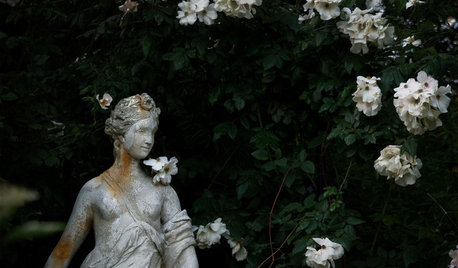
LANDSCAPE DESIGNGet the Mystery of a Gothic Garden for Yourself
Create an enchanting and tranquil scene with the stonework and wayward plantings of Gothic garden design
Full Story
GREEN DECORATINGBamboo Products — Earth Friend or Foe?
The ecofriendliness of this grass for flooring, wall coverings and furniture isn't cut and dried. Get the facts here
Full Story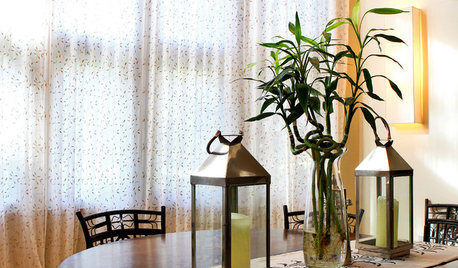
DECORATING GUIDESImprove Your Style Fortune With Lucky Bamboo
Serve this versatile plant straight up or with a twist for auspicious living decor that thrives without soil
Full Story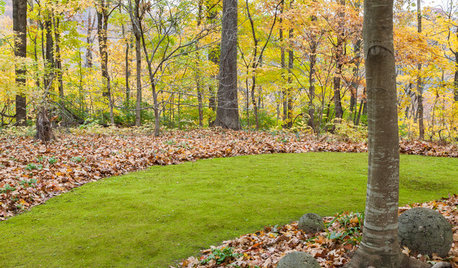
LANDSCAPE DESIGNMoss: Nature’s Carpet for the Garden
Learn how to grow and use this ancient and mysterious natural wonder for delightful texture in the landscape
Full Story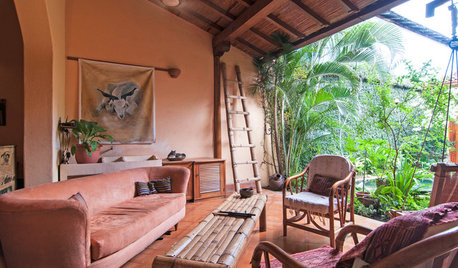
HOUZZ TOURSMy Houzz: A Dream Indoor-Outdoor Home in Nicaragua
Breeziness and deep connections with the outdoors create an air of paradise for U.S. transplants
Full Story
COLORLet Purple Passion Infuse Your Home
We take the mystery out of using this most spiritual of colors to create a deeply beautiful interior design
Full Story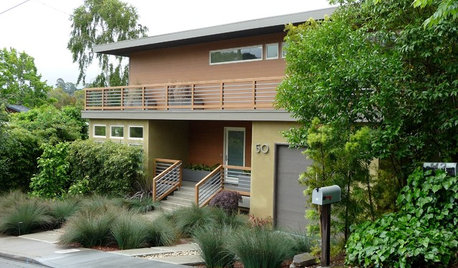
HOUZZ TOURSHouzz Tour: An Ecofriendly Family Home Gets in Line
Without any curved lines but with a wealth of energy-efficient features, this remodeled home in Northern California has plenty of appeal
Full Story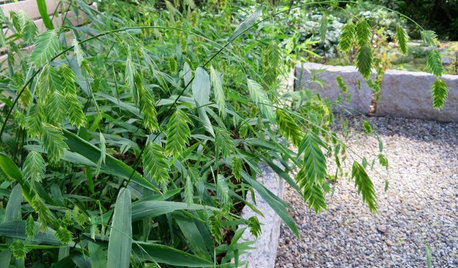
GARDENING GUIDESGreat Design Plant: Chasmanthium Latifolium
Inland sea oats is an easy native grass for a moist, shady garden spot
Full Story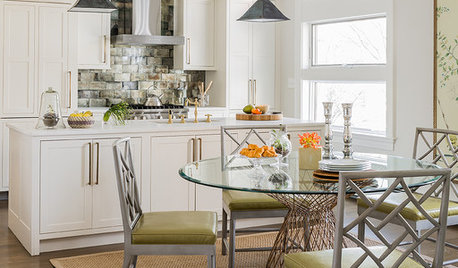
SHOP HOUZZShop Houzz: The Secret to Subtle Chinoiserie
Achieve a graceful sophistication with Chinoiserie featuring subdued designs
Full Story






kudzu9
triplebogey_2007Original Author
Related Professionals
Middletown Landscape Contractors · Desert Hot Springs Landscape Contractors · Fuquay-Varina Landscape Contractors · McLean Landscape Contractors · Southbury Landscape Contractors · Greenfield Landscape Contractors · Golden Glades Carpenters · Ashtabula General Contractors · Lakewood General Contractors · Lincoln General Contractors · Little Egg Harbor Twp General Contractors · Merrimack General Contractors · New Milford General Contractors · Riverdale General Contractors · Wheeling General Contractorskudzu9
triplebogey_2007Original Author
kudzu9
triplebogey_2007Original Author
kudzu9
kentuck_8b
triplebogey_2007Original Author
triplebogey_2007Original Author
kentuck_8b
kudzu9
kudzu9
triplebogey_2007Original Author
kudzu9
triplebogey_2007Original Author
kudzu9